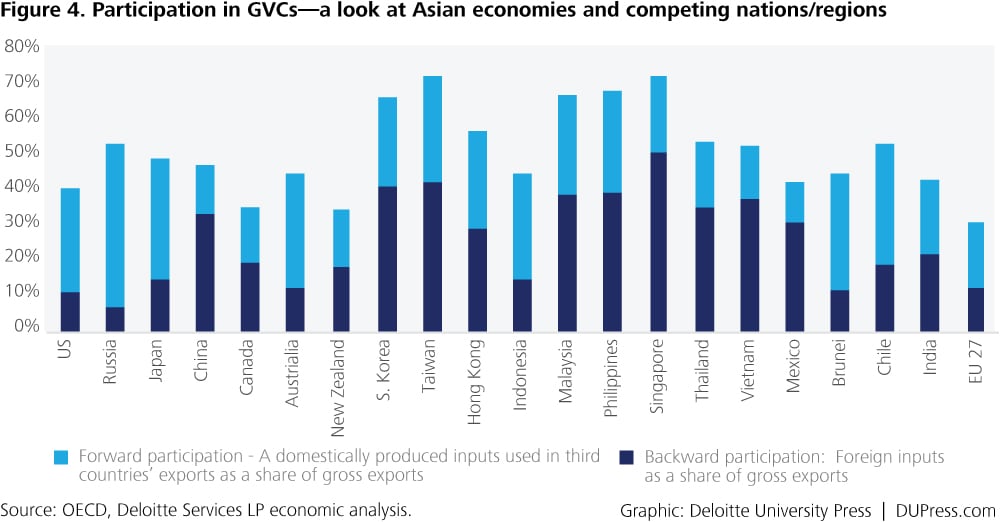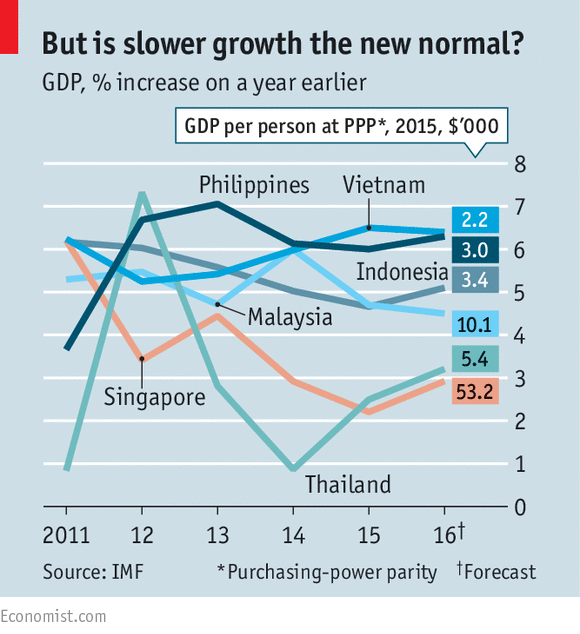

Jul 09, 2015 · Tibet’s economic growth an accounting illusion? 9 July 2015. Author: Andrew M. Fischer, Institute of Social Studies (The Hague) Analysts and scholars — including Chinese economists and social scientists — have long been critical of Beijing’s development strategy in Tibet.




As we know that the International trade and its impact on economic growth crucially depend on globalization. The Issues of global trade and economic growth have gained substantial importance with the introduction of trade liberalization policies in the developing nations across the world.

Related links. Asian Development Bank: Greater Mekong Subregion Program; Women’s Economic Empowerment and Leadership in ASEAN. $1 million, 2014-2017
Growth in developing East Asia and Pacific (EAP) is expected to remain strong and reach 6.3 percent in 2018, according to the latest World Bank regional economic …
East Asia and Pacific remains the world’s growth engine despite a challenging external environment, with developing economies growing by 7.2% in 2013. The proportion of people living in poverty in the region has steadily declined—less than 10% of the population lives on $1.25 a day—but much more needs to be done as there are still …
Economic Research Institute for ASEAN and East Asia
May 14, 2018 · Economics, Politics and Public Policy in East Asia and the Pacific
East Asia is the eastern subregion of the Asian continent, which can be defined in either geographical or pan-ethno-cultural terms. Geographically and geopolitically, the region constitutes Mainland China, Hong Kong, Macau, Japan, Mongolia, North Korea, South Korea, and Taiwan.
journal of economic development 45 volume 27, number 2, december 2002 the relationship between exports and economic



The East Asian model (sometimes known as state-sponsored capitalism) is an economic system where the government invests in certain sectors of the economy in order to stimulate the growth of new (or specific) industries in the private sector.